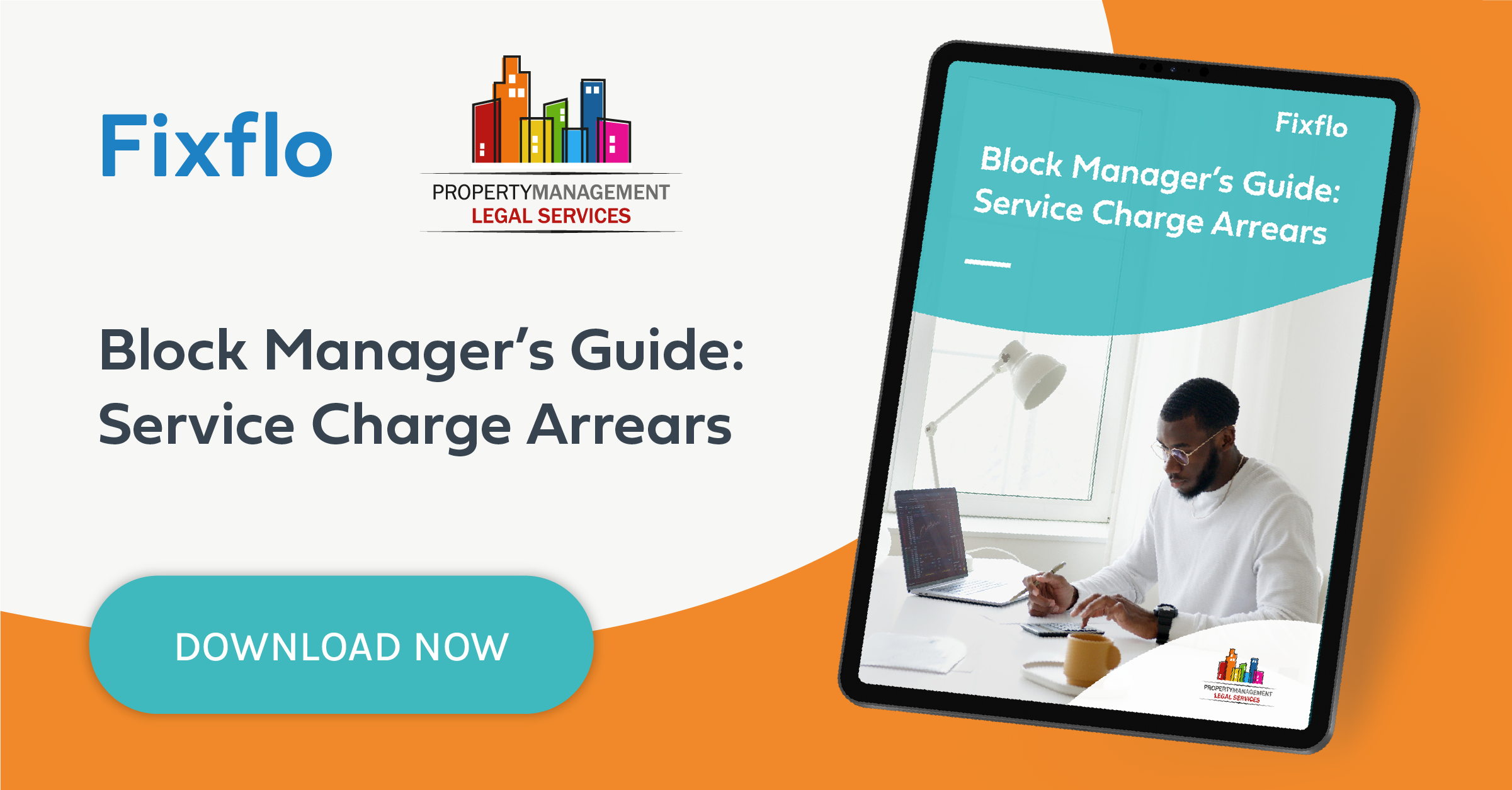5 ways you can show residents how service charges improve their lives
The average building service charge in the UK can be anywhere between £1,500 and £2,000. Many residents don't realise that the majority of that charge goes back into their resident experience, rather than into the block manager's pocket, which can lead to frustration and resentment.
Communicating with residents and educating them about how they benefit from service charges helps to keep resident relations smooth. Here are five ways to effectively communicate with your residents about service charges.
1. A fair share
The service charge can seem like a number that a resident is assigned randomly, and in buildings where service charges are different for different units, this can lead to complaints when residents find out they’re paying more than their neighbours.
Typically, however, residents don’t mind paying charges when they think they’re paying their “fair share”. One way you can communicate that they’re paying a fair share is to give them information on how their service charge is calculated compared with other units.
For example, if the service charge is based on the number of bedrooms a property has, or the square footage, explaining how these factors impact the service charge can help residents understand the fairness of the charge.
2. An itemised bill
Another way of showing the value of service charges is to provide residents with an itemised bill showing exactly what they're paying for. This can help clarify what the service charge covers, including things which residents may not have known about.
An itemised bill could include expenses such as electricity in public areas and the maintenance of lifts and entry systems, as well as building safety measures like storm-proofing and clearing snow and ice. Staff costs can also be included, like concierge services, cleaners, gardeners, and other staff expenses specific to your building. Providing this level of detail can help residents understand why the service charge is necessary and how it benefits them.
3. When something breaks
A prompt and active response when something is broken will help your residents to appreciate that you are doing your best to deal with the problem, and understand that it’s an inconvenience to their lives.
Send out an email or notification to all your residents as quickly as possible to let them know you’re aware of it. That way, you won’t be fielding multiple emails from residents telling you what you already know. You may also want to post a physical notice in the building, where the damage is, such as a sign sellotaped onto a broken lift.
Also, communicate with your residents at each stage of the repairs process. Send an email once you know the date it’ll be repaired and another after the repair has taken place. Communication about problems assures residents that their service charge is being used effectively as you are doing all you can to help them.
4. When Section 20 works occur
If your service charge puts money towards the building's reserve fund, you can demonstrate how the fund has alleviated the cost of major works covered by Section 20. For a full run-down on Section 20, download our guide.
Explain how the reserve fund has helped reduce the costs that would’ve been charged if the fund was not there. This will help residents understand why the money their service charge puts towards the reserve fund is essential.
You may also wish to advertise the reserve fund to residents even when Section 20 works are not happening, as units inside buildings with reserve funds are more valuable to prospective buyers than those without.
5. Fit for purpose
Not all residents can communicate in the same way; some older or partially-sighted residents may prefer physical communications with a big typeface, whereas digitally-savvy residents might prefer notifications via an app.
It's important to tailor your communication style to fit all residents' needs. Make sure the information is accessible to everyone.
In a nutshell, effective communication with residents about their service charges is critical to helping them understand why their contribution is necessary. When residents understand why they’re being charged, they’re much happier to work with you and trust that you’re doing all you can to create a positive living environment for everyone.
Looking for advice for when residents fall behind with their service charge payments? Check out our Block Managers’ Guide To Service Charge Arrears and find out what you can do to handle non-payment.
BLOG DISCLAIMER
This article is intended for information purposes only and does not constitute legal advice. If you have any questions related to issues in this article, we strongly advise contacting a legal professional.
These blog posts are the work of Fixflo and are licensed under a Creative Commons Attribution-ShareAlike 3.0 Unported License. In summary, you are welcome to re-publish any of these blog posts but are asked to attribute Fixflo with an appropriate link to www.fixflo.com. Access to this blog is allowed only subject to the acceptance of these terms.

